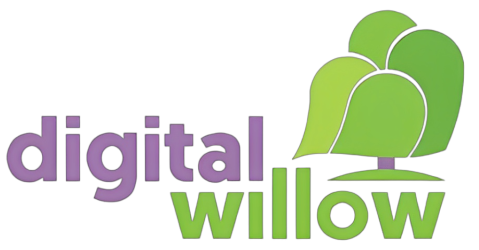Did you know that only 35% of B2B marketers have a documented content strategy (Marketing Profs 2016)? This rang alarm bells for me. Having seen such huge success for our clients using content marketing, how and why are brands still missing a trick on this? Here, I will run through some simple steps on planning your content marketing for success, for those in need of some guidance and insight.
Complexity, clutter and price can create a high barrier to purchase and confuse our potential customers. As a buyer, it is difficult to know who to choose and there is a growing level of resistance to give out personal details like email addresses or phone numbers.
So how do brands build relationships with potential customers? I have seen the evidence and witnessed the numbers.

Content is that door opener.
But hold on a minute, I’m not talking about any type of content. Content should be:
- Valuable
- Educational
- Entertaining
- Helpful
- Consistent
Content builds over time, brand reputation, brand equity and creates a forum for engagement. At Digital Willow, we adopt an 80 / 20 rule which I would recommend for you too. 80% of content falls into the value-adding bucket, leaving 20% promotional or ‘hard sell’. Once you are more advanced at your content marketing, you will want to time the types of content to impact potential customers at the relevant moment of their buyer’s journey. Start by being useful, helpful or educational. Build up some rapport and only then go in for the sale.
Ready to get started? Here is a framework I have simplified to help you get your content groove on.

Now in a little more detail:
Goal Setting
With your business & marketing goals in mind, set some realistic, but stretch goals. If you generate leads or sales through your website, then it may be that you want to generate X amount more traffic with the view that X% of that turns into sales.
Content planning
Set time for a brainstorming session and if you have a large organisation, invite some people that you wouldn’t normally engage with. For example; Sales people will know what the customers are asking for, product staff will know where gems of information are stored.
Group the ideas into general themes. Assign a person to each piece of content as the lead. Discuss the importance of tone of voice for your brand and a checklist. Develop a distribution list. Map the delivery and promotion deadlines on a calendar and aim to get buy-in for every contributor.
Content creation
No matter what industry you are in, a striking design, photograph or impactful copy can make all the difference. It is natural to start with a text or copy. Once you know the message you want to convey, take a moment to consider other (or additional) formats. Could this be illustrated better in a video or image?
Here are some further tips to help with copy writing:
- Use a punchy headline, if you aren’t sure try A/B testing
- Write 2 -3 keywords or phrases that you really want to associate with your product/service and keep coming back to those phrases. It will keep you on track and do wonders for your SEO.
- Don’t think that all content needs to be original, repurpose, refresh where you can.
- Aim for about 500 words, any longer than that and you will lose people on email. If you cannot cut back that far, consider that you may have yourself enough content for an eBook.
- Get at least one other person to proof read your piece and give you objective feedback.
Content repurposing
Repurposing a long piece of content can give you something to say for a number of weeks. However, don’t fall for the trap whereby you put the same content on every channel. To bring home the point, consider that content you put on Linkedin might not necessarily work on Facebook or Snapchat. Repurposing will involve tweaking your tone of voice and style, based on your distribution list (see content planning). Some channels may lend themselves to a more formal approach (i.e. LinkedIn), some channels will need to be short and timely (i.e. Twitter) and other channels will work best as only a visual (i.e. Instagram).
Distribution
Now for the fun part, it is time to publish. Methodically publish your content on respective channels using past data to advise the right time and day of week. Where possible include links to further reading or promotions.
Content Promotion
This is also known as content boosting or media spend. These days with the amount of clutter filling up our lives, there is no avoiding the use of media budget to promote your content. There is absolutely no point writing brilliant content if nobody sees it. You will need to spend money on the various publications promoting your content to your target audience. The ‘right’ media budget will depend on your goals but usually starts at about £5000 a month and can go to the millions.

Monitoring
Learn from what worked. At least every month, check which topics people engaged with the most, analyse which channels drive the most traffic, and what formats deliver the greatest impact. Go deeper than likes and followers; look at the sentiment of comments and consider who you are interacting with. Are you reaching valuable leads and influencers or does the content or distribution need tweaking?
I hope you find these tips useful!
